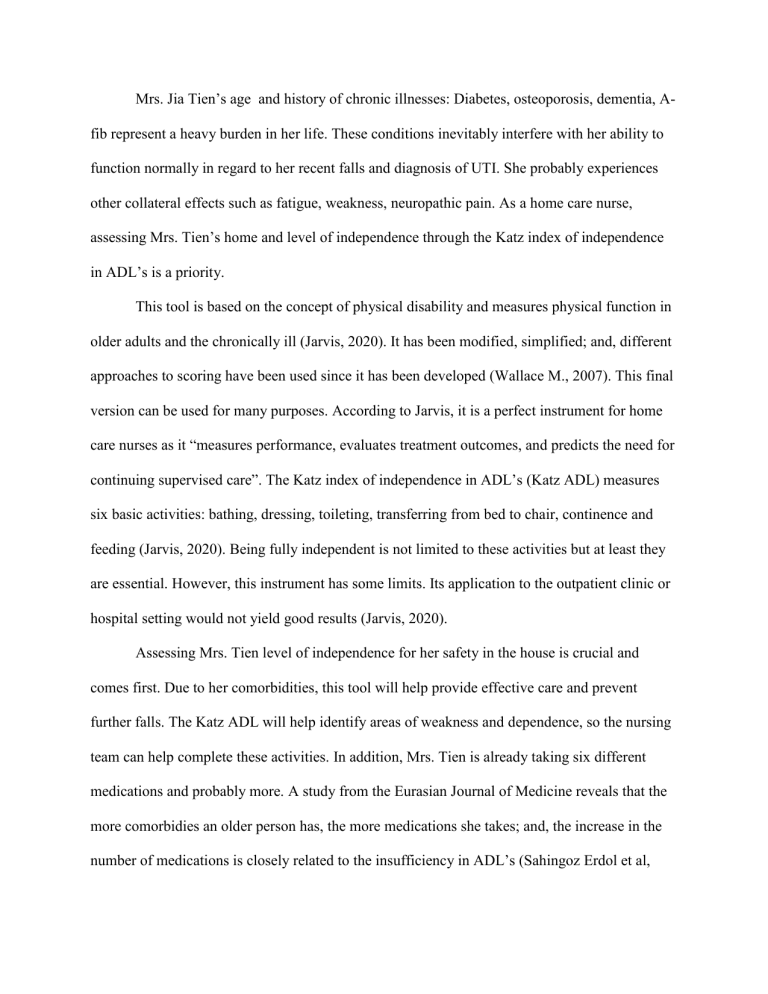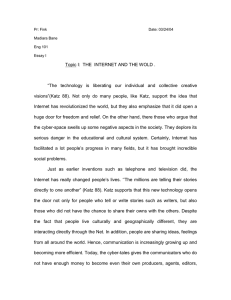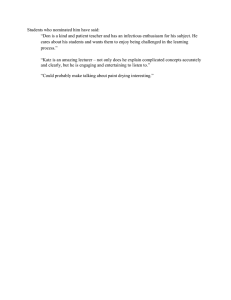
Mrs. Jia Tien’s age and history of chronic illnesses: Diabetes, osteoporosis, dementia, Afib represent a heavy burden in her life. These conditions inevitably interfere with her ability to function normally in regard to her recent falls and diagnosis of UTI. She probably experiences other collateral effects such as fatigue, weakness, neuropathic pain. As a home care nurse, assessing Mrs. Tien’s home and level of independence through the Katz index of independence in ADL’s is a priority. This tool is based on the concept of physical disability and measures physical function in older adults and the chronically ill (Jarvis, 2020). It has been modified, simplified; and, different approaches to scoring have been used since it has been developed (Wallace M., 2007). This final version can be used for many purposes. According to Jarvis, it is a perfect instrument for home care nurses as it “measures performance, evaluates treatment outcomes, and predicts the need for continuing supervised care”. The Katz index of independence in ADL’s (Katz ADL) measures six basic activities: bathing, dressing, toileting, transferring from bed to chair, continence and feeding (Jarvis, 2020). Being fully independent is not limited to these activities but at least they are essential. However, this instrument has some limits. Its application to the outpatient clinic or hospital setting would not yield good results (Jarvis, 2020). Assessing Mrs. Tien level of independence for her safety in the house is crucial and comes first. Due to her comorbidities, this tool will help provide effective care and prevent further falls. The Katz ADL will help identify areas of weakness and dependence, so the nursing team can help complete these activities. In addition, Mrs. Tien is already taking six different medications and probably more. A study from the Eurasian Journal of Medicine reveals that the more comorbidies an older person has, the more medications she takes; and, the increase in the number of medications is closely related to the insufficiency in ADL’s (Sahingoz Erdol et al, 2021). The Katz index can be used to evaluates treatment applied to get older adults back on their feet; and thereby, has all its meaning in limiting polypharmacy. References Jarvis, C. (2020). Physical examination and health Assessment Sahingoz Erdol, G.,Kocoglu, H., Karandere, F., Kasapoglu, P. Isiksacan, N., & Hursitoglu, M. (2021). The Effect of Polypharmacy on the Charlson Comorbidity Index and Katz Index in Aging People with and Without Diabetes Mellitus. Eurasian Journal of Medicine, 53(2),85-89. https://doi-org.library.esc.edu/10.5152/eurasianjmed.2021.20070 Wallace, M., & Shelkey, M (2007). Katz Index of Independence in Activities of Daily Living (ADL). Urologic Nursing, 27(1),93-94.



